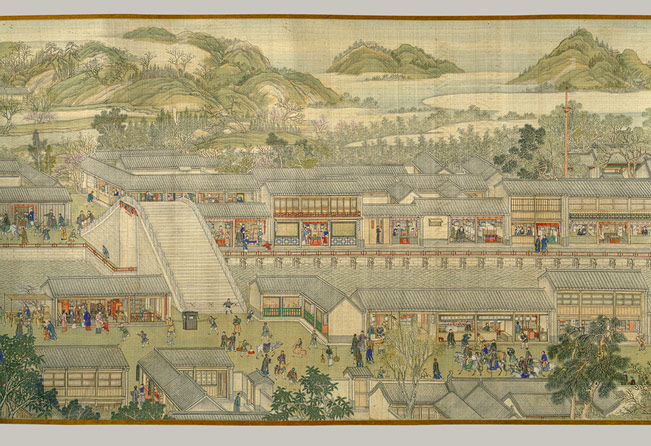Seeing like the Chinese imperial state: how many government employees did the empire need?
By Ziang Liu (LSE)
This blog is part of a series of New Researcher blogs.
—

How many government employees do we need? This has always been a question for both politicians and the public. We often see the debates from both sides arguing about whether the government should hire or reduce more employees for many reasons.
This was also a question for the Chinese imperial government centuries ago. As the Chinese state governs a vast territory with great cultural and socio-economic diversity, the size of government concerned not only the empire’s fiscal challenges, but also the effectiveness of the governance. My research finds that while a large-scale reduction in government expenditure may have short-term benefits of improving fiscal conditions, in the long term, the lack of investments in administration may harm the state’s ability to govern.
Using the Chinese case, we are interested to see how much the imperial central government counted as a ‘sufficient’ number of employees. How did the Chinese central government make the calculation? After all, the government has to know the ‘numbers’ before it takes any further actions.
Long before the late sixteenth century, the Chinese central government did not have a clear account of how much was spent on its local governments. It was only then, when the marketisation trend of China’s economy enabled the state to calculate the costs of its spending in silver currency, that the imperial central government began to ‘see’ the previously unknown amount of local spending in a unified and legible form.
Consequently, my research finds that over the sixteenth and eighteenth centuries, the Chinese imperial central state significantly improved its fiscal circumstances at the expense of local finance. For roughly a century’s long fiscal pressure between the late sixteenth and late seventeenth century (see Figure A), the central government continuously expanded its incomes and cut off local spending on government employees.

Eventually, at the turn of the eighteenth century, the central treasury’s annual income was roughly four to five times larger than the late sixteenth century level (see Figure B), and the accumulated fiscal surplus was in general one to two times greater than its annual budgetary income (see Figure C).


But what the central government left to the local, both manpower and funding, seems to have been too little to govern the empire. My research finds that either in terms of total numbers of government employees (see Figure D) or employees per thousand population (see Figure E), the size of China’s local states shrank quite dramatically from the late sixteenth century.

In the sample regions, we find that in the eighteenth century, every one to two government employees had to serve one thousand local population (Figure E). In the meantime, records also show that salary payments for local government employees remained completely unchanged from the late seventeenth century.

Therefore, my research considers that when the Chinese central state attempted to intervene local finance, it had the stronger intention of constraining rather than rationalising local finance. Even in the eighteenth century, when the empire’s fiscal circumstances were unprecedentedly good, the central state did not consider increasing investments in local administration.
Given the constant population growth in China from 100 million in the early seventeenth century to more than 300 million in the early nineteenth century, it is hardly persuasive that the size of China’s local governments could be effective in local governance, not even to mention that due to reductions in local finance, the Chinese local states from the late seventeenth century kept more personnel for state logistics and information network instead of local public services such as education and local security.

